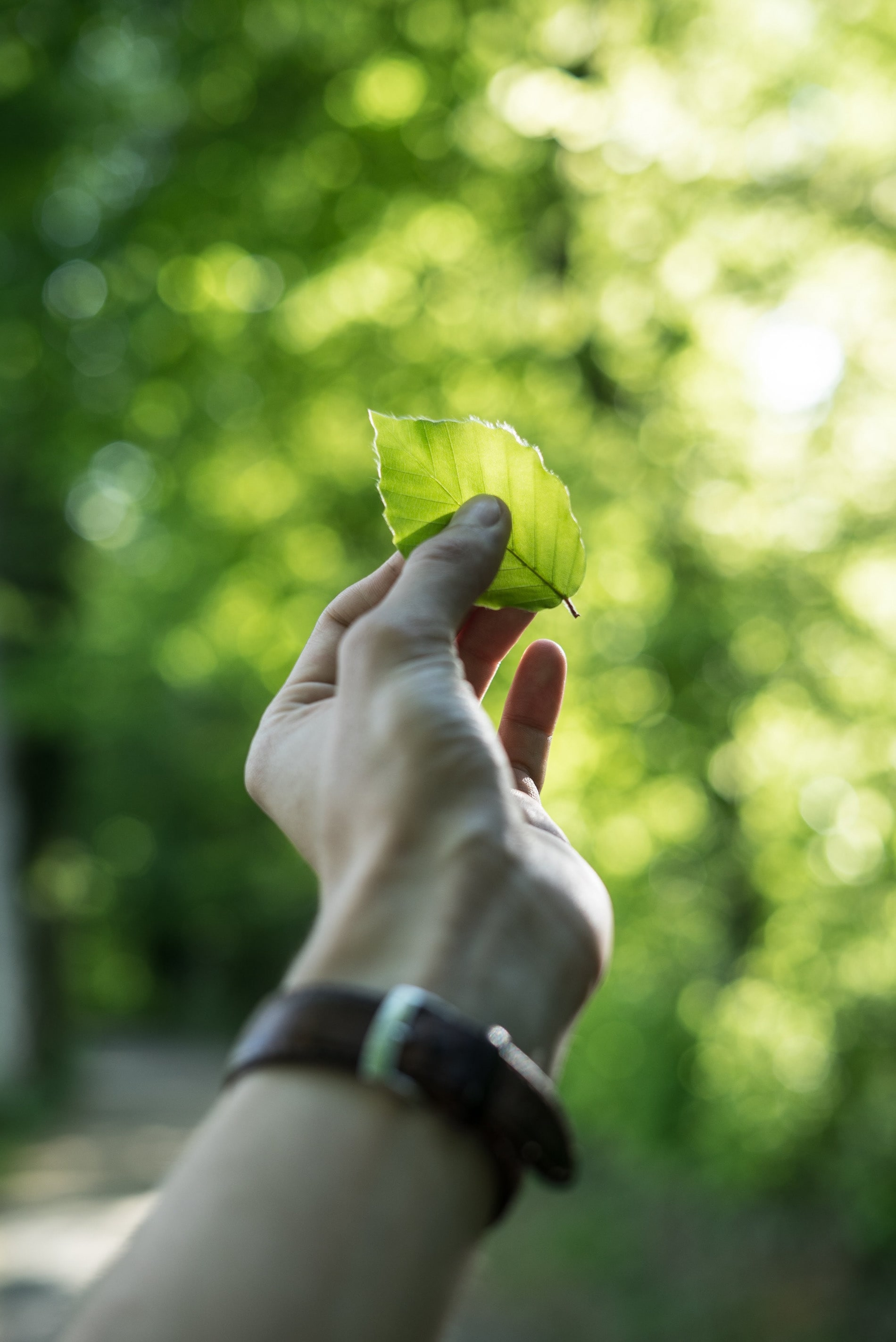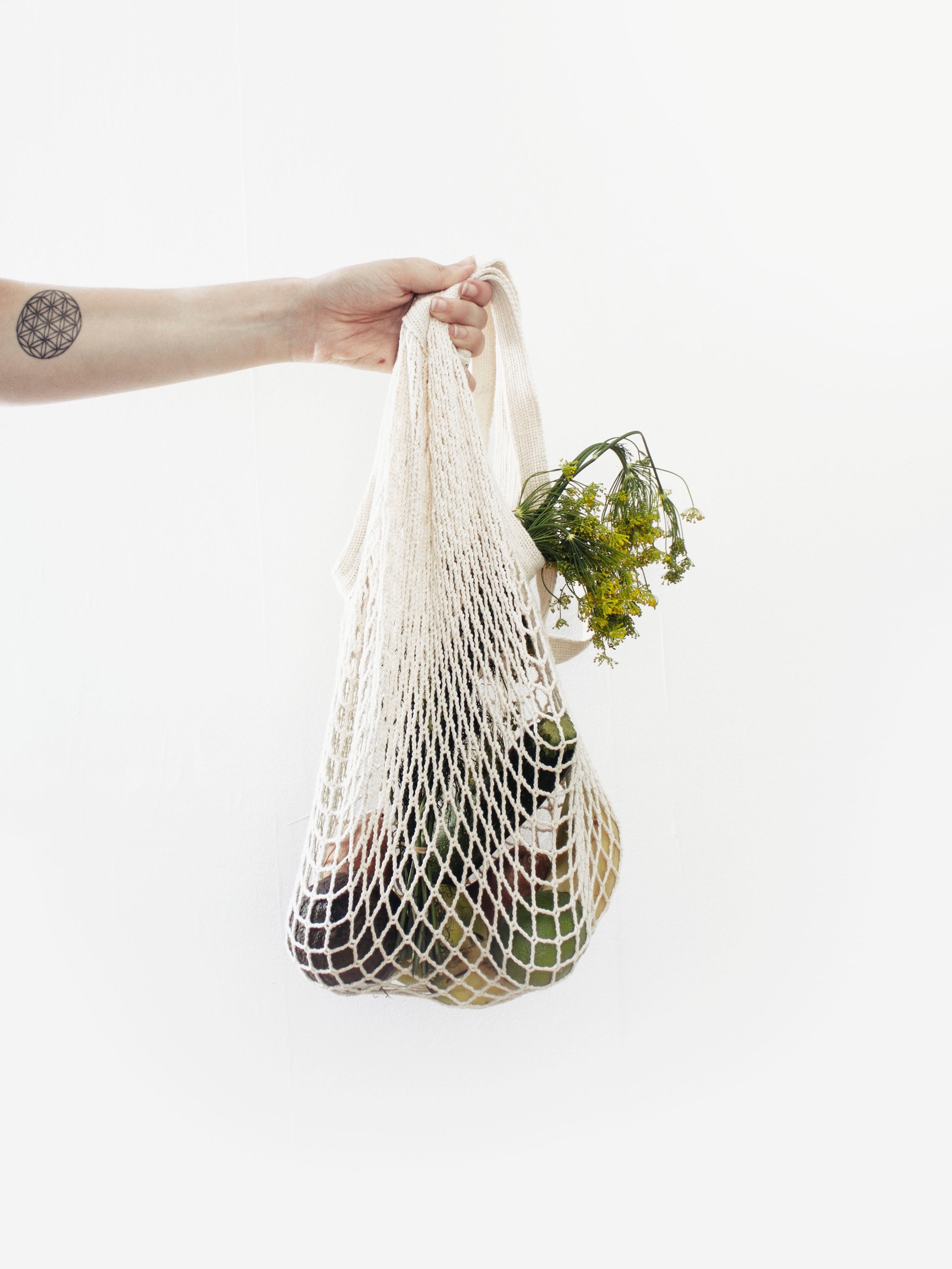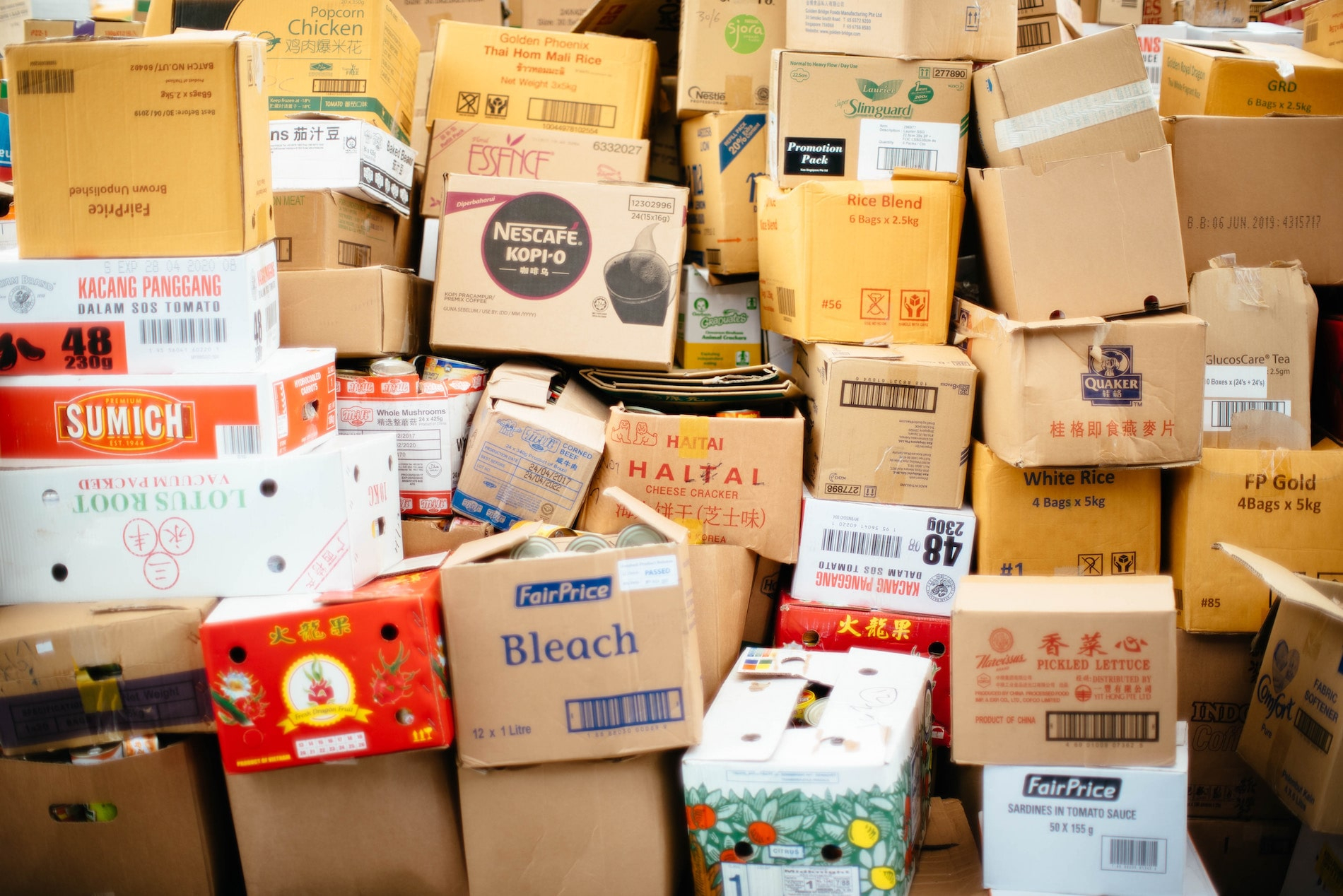It’s that time of year again, and that means a trend forecast of what to watch out for in 2019! The protective considerations of packaging will always be important, but we are seeing a greater focus being placed on its other capabilities. As consumers utilize ever more retail channels, packaging needs to keep up with the fast-changing demands of the retail environment. Opportunities for branding and marketing are more numerous than ever before, whilst sustainability is (finally) becoming a major consideration in the design process. So without further ado, here are the top three trends set to gain serious traction in packaging this year:
![]()
1. Packaging As Brand Storytelling
Packaging often brings to mind the Amazon-esque cardboard box, but this picture is fast changing. For small businesses, plain packaging represents a wasted opportunity to get your brand narrative out in front of consumers.
Custom branded packaging delivers a lasting impression to customers. It shows that you offer a premium experience, not just a product. Particularly for eCommerce companies, a great unboxing increases your interaction time with customers. This provides a critical window in which to build long-term loyalty to your brand. The power of social media has been the big instigator here. Grabbing attention on those endless newsfeeds is challenging. It requires creating a pitch for your brand’s ethos in a single image. You need to present a concise visual to your customer that explains why they should choose you over competitors. With 40% of consumers likely to share purchases on social media if they come in premium packaging, 2019 brings with it the greater recognition of packaging as a powerful marketing tool.
So-called ‘influencer packaging’ can now be seen across regular operations, a term coined from the curated approach to product presentation and packaging used in influencer campaigns. Bespoke gift-wrapping, handwritten notes and gift with purchase are becoming expected by consumers, especially within lifestyle industries such as fashion and cosmetics. The beauty advent calendar craze of the last holiday season is proof of how much consumers are engaging with this approach.
In sum, packaging is now a central tool in the marketing toolkit. It makes yourself memorable to consumers, tells your brand’s story, and increases your credibility – all in the one box.
2. More Sustainable Solutions
The reduce, reuse, and recycle mantra is nothing new. But it’s only recently that it’s started to influence mainstream packaging design. Last year’s World Economic Forum saw over 250 companies pledge to use 100% reusable, recyclable or compostable packaging by 2025. This included big names such as Kellogg’s, Unilever and Nestle. This more socially responsible approach, combined with greater consumer awareness of the environmental impact of packaging, is helping make a zero waste target the norm rather than the exception.
This year will bring much greater efforts at integrating packaging into the ‘circular economy’. This is a closed circuit of usage where materials are being continuously reused and recycled, as opposed to ending up in our landfills and oceans. These are the practices we expect to become more widespread:
Downsizing Your Packaging
Remember that hilarious gift-wrapping scene with Rowan Atkinson in Love Actually? Alan Rickman’s reaction nicely sums up the response of today’s consumers to excess packaging. So-called ‘complex packaging’ is a massive headache for the recipient. But this isn’t just about whether materials are recyclable or not; any packaging where it’s not needed is becoming a big source of consumer frustration. As the recent trend of naming and shaming brands with excess packaging shows, there is growing scrutiny of businesses perceived to be wasteful in their practices. With increasing attention on the issue of plastic pollution, this is set to become a much bigger part of consumer decision-making.
Whether you are an eCommerce or a brick and mortar retailer, there are steps you can take to reduce your packaging. It really comes down to questioning the need for packaging elements that many of us take for granted. For example, asking your in-store customers if they need a bag allows them to decide on their own environmental footprint. For online brands, you can cut out several packaging elements by using mailer envelopes instead of traditional boxes. This removes the need for filler materials, many of which aren’t recyclable. As well as saving the environment, this also saves your business a lot of money in the long run!
Multi-use Designs
Sustainability at its core means challenging practices that are often overlooked. It’s a sobering fact that plastic bags have an average use-time of 12 minutes, but a life expectancy of 1000 years! Finding more eco-friendly materials is paramount, but the solution also lies in multi-use designs. Encouraging consumers to see packaging as reusable, instead of single-use, will lessen wastage overall.
Multi-use containers such as branded tote bags, rather than single-use plastics, comes with many benefits. For one, it provides padding and a protective layer against damage. It also supplies on-going branding materials for your business. Best of all, this form of packaging is unlikely to get thrown out, because it adds a sense of value and purpose.
This approach has many applications. For example, using cloth bags instead of boxes is much more versatile. They are better suited to different-sized products, meaning that options for reuse by your customer are much wider. A pouch for a wallet could just as easily get reused for sunglasses! With a bit of imagination, there are all sorts of options available.
Increased Communication With Consumers
The buck doesn’t stop with choosing an eco-friendly design. Discussions about sustainable packaging often fail to address how this translates to the level of the consumer. In most cases, they are responsible for the disposal process. So, have you made it clear to your customers how they need to carry this out? If your design isn’t well-communicated, your sustainability efforts will have far less impact. Investing in biodegradable or recyclable packaging is futile if your unaware customers send it to the landfill!
A recent survey found that 70% of shoppers want more product information than most packaging provides. This shows that consumers are taking more interest in the origin of their purchases, whether that be the product or the packaging it comes in. Addressing this means incorporating instructions for reuse or disposal directly into packaging design. 3. Omnichannel Considerations
3. Omnichannel Considerations
Packaging is no longer just for the shelves or the check-out. We all that know that eCommerce has bought massive changes through the growing need for protective packaging, but this isn’t the end of the story. Despite commentators heralding the ‘death’ of physical retail, the actual landscape looks very different.
The growth of omnichannel shows that consumers don’t want a relentless push towards online. They want a seamless, integrated retail experience. Studies show that only 7% of consumers are actually online-only shoppers. The vast majority, around 73%, use a mixture of channels for the purchasing and browsing of goods. For some this might mean shopping in-store, but getting their purchases delivered to them at home. Or browsing for products online, and having a ‘click and collect’ option for in-store pickups. Hence, there is a bigger need than ever for packaging which considers the requirements of all retail channels.
Omnichannel means more flexibility for businesses and consumers, so packaging must follow suit. Choosing your packaging with just eCommerce in mind, for example, means you might not tick all the boxes for your customers The whole purpose of omnichannel is for the experience in one channel to be reflected in others. No customer wants to feel that their patronage is less valuable because they bought online. Yet this is exactly the impression you will give if you offer bespoke wrapping in-store, but a plastic mailer on delivery! In essence, consistency is key. The secret to great packaging in omnichannel is choosing a design which translates well across channels.
The Wrap Up:
2019 is set to be an interesting year for the packaging world. As sustainability becomes at the forefront of design considerations, this is going to have a long-term effect across retail channels. Utilizing the marketing potential of branded packaging is also set to become a much more mainstream trend. As consumers move towards brands which offer a more personalized and curated retail experience, this is set to shape packaging needs in a big way!
